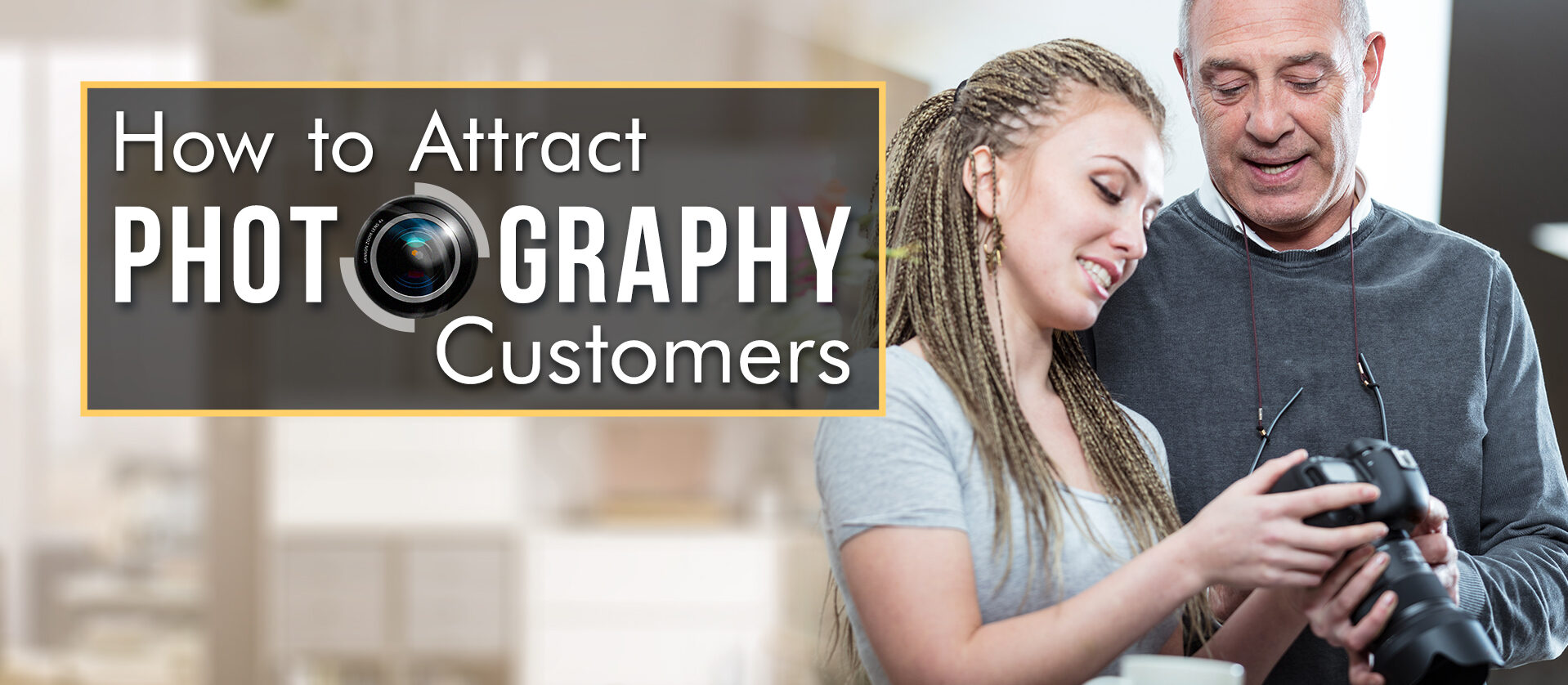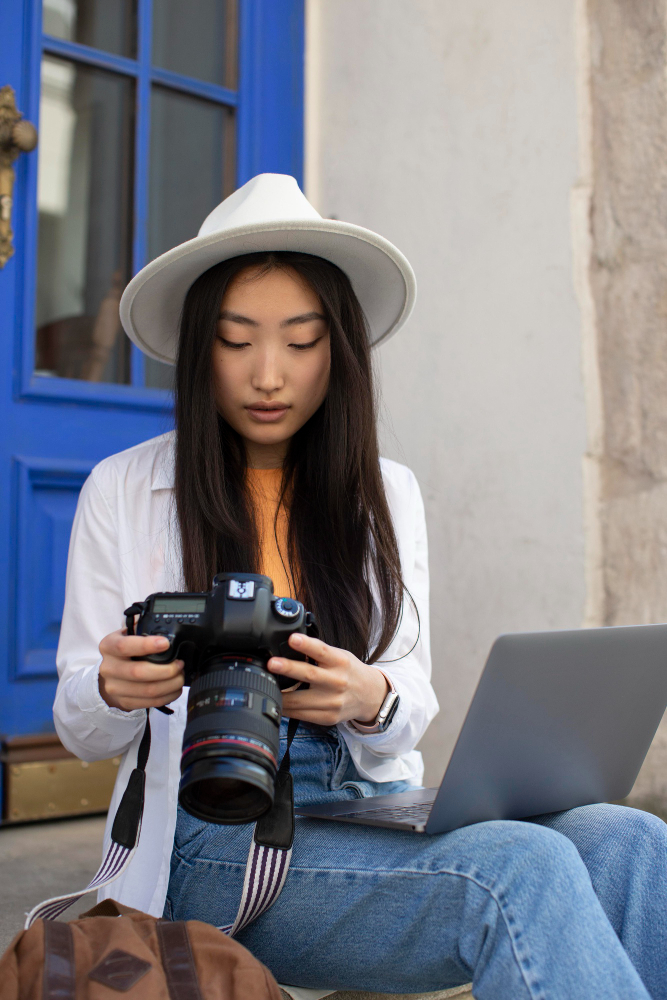
Do you want to try something different this Halloween? If you do, you may want to experiment with blacklight photography to come up with some blood-chilling, creepy-looking, out-of-this-world images that can send shivers down your viewers’ spines! So, how do you do it? How do you make it work? To learn the answers to these questions, consider reading this article from beginning to end. You’ll surely enjoy what we have prepared for you today.
Blacklight Photography 101: Understanding the Basics
Blacklight photography is fast gaining popularity due to its ability to create striking images from ordinary, mundane things. By using blacklight photography techniques, you can create surreal images that can take your Halloween photos a notch higher.
So, what is blacklight photography and what makes it work? To understand this type of photography a lot better, we may first need to know what a blacklight is.
Basically, blacklights are specially treated lights that emit UV rays. Since the naked human eye do not have the ability to see UV lights, everything in the room will appear dark, except for those materials that contain phosphor. This unique combination of dark and light sources is what makes blacklight images quite eerily stunning, to say the least.
If you are interested in experimenting with blacklight photography, you will need a camera with shutter speed control, a UV filter, a blacklight, a darkened area that you can use, and a tripod. You can also use a flashlight and/or glow sticks to create additional effects.
Blacklight Photography: How to Go About Doing It
Now that you know the basics behind blacklight photography, here’s how you go about in taking all those eerily awesome images.
Set up your equipment. Make sure that you have attached a UV filter to your lens and have set your camera on a tripod (or any other stable and level surface) prior to the shoot. Focus your camera on your subject before turning off the regular lights and turning on your blacklights.
Note: always use manual focus for blacklight photography.
Adjust your camera settings. To get the best images, you need to adjust your camera settings to allow for longer exposures. For best results, most photographers go for a shutter speed of about 8, a film speed somewhere between 100 and 200 and an aperture of about 5.6 to get the perfect conditions needed in blacklight photography.
However, please remember that the slower your shutter speed is, the higher the risk of blurring so you should really consider investing in a tripod to reduce such unwanted effects. You may also want to experiment on your settings to get the results you need.
Basically, these are all you need if you want to experiment with blacklight photography this Halloween. However, to make sure you get blacklight photos that really stand out from the rest, you may want to keep the following suggestions in mind:
- Create the ideal stage environment. To get the best results, your stage should be walled off and painted black. Make sure that it is kept as lint-free as possible at all times to avoid imparting a grainy feel to the resulting photos. If you want to add some details into your backdrop, make sure you use white paint since white and light colored objects cast a purplish glow under blacklight.
- Eliminate dark shadows. If your photos cast a lot of dark shadows, try shining more light into those areas by using a flashlight or glow sticks.
- Take frequent breaks. While blacklight photography can be a lot of fun, you need to take a break every few minutes or so since large doses of UV light may be harmful to your health.
Now that you know everything there is to know about blacklight photography, are you ready to give it a try? You should!
Have a great time experimenting,
Ray Baker

